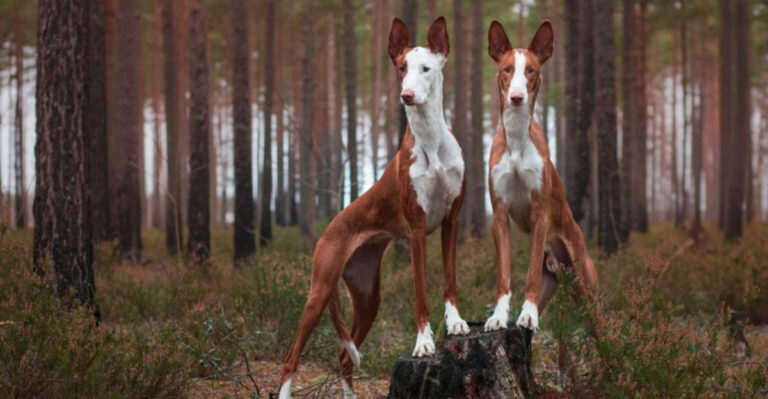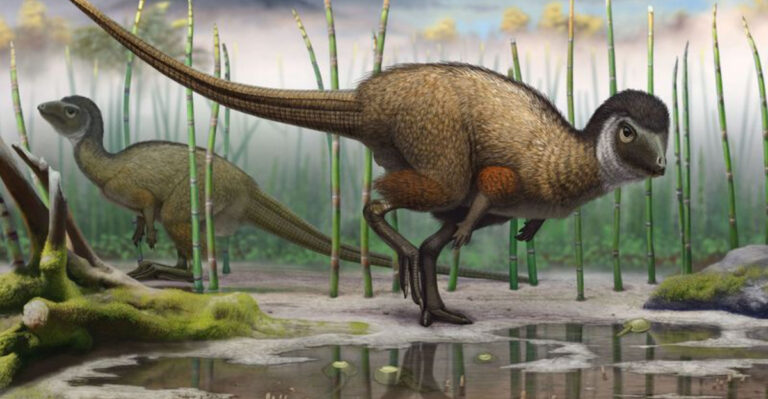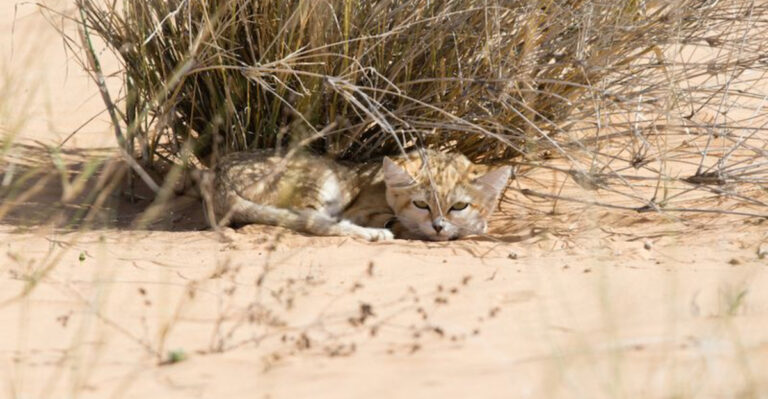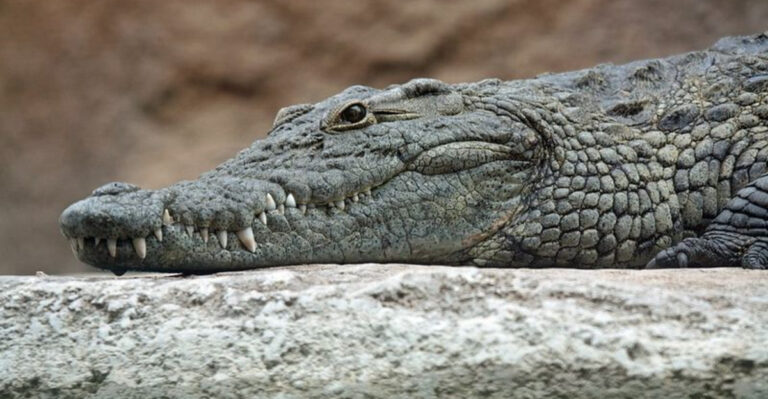Discover 11 Rat Species In The U.S. (And Where You Might Encounter Them)
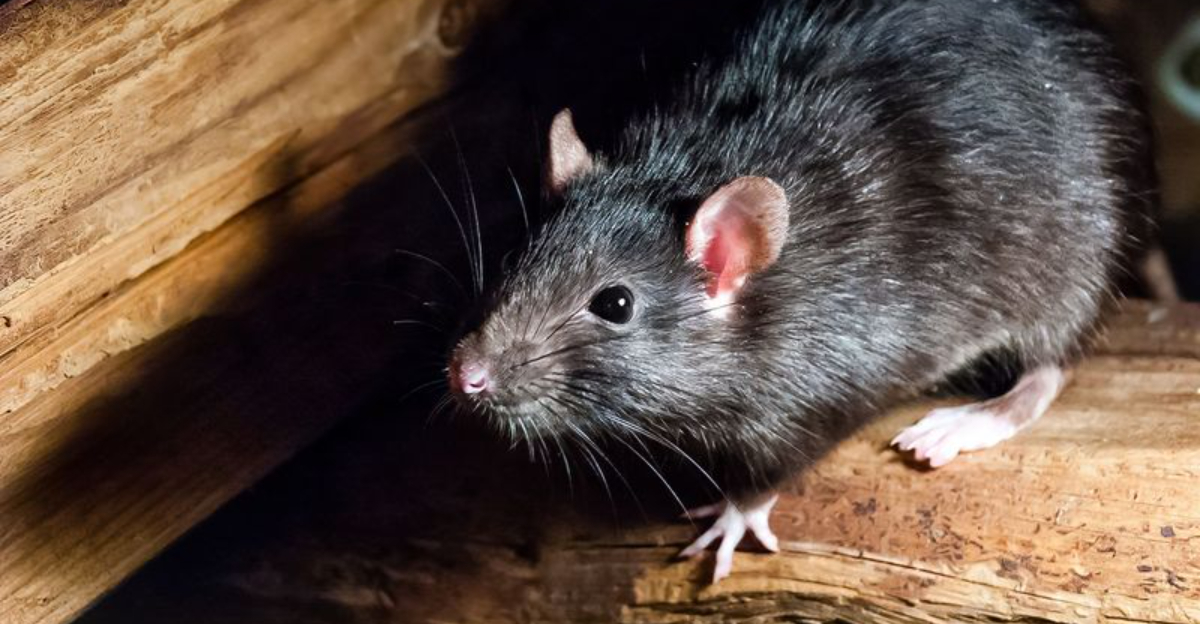
The United States is home to a surprising variety of rat species, each with its unique habitat and characteristics.
Far from the common perception of rats as mere urban pests, these creatures can be found in diverse environments across the country.
From bustling cities to serene countrysides, the rats in the U.S. have adapted to thrive in various settings.
Today, we’ll explore some of the rat species you might encounter in the U.S., highlighting their distinctive traits and the places you might find them.
1. Norway Rat
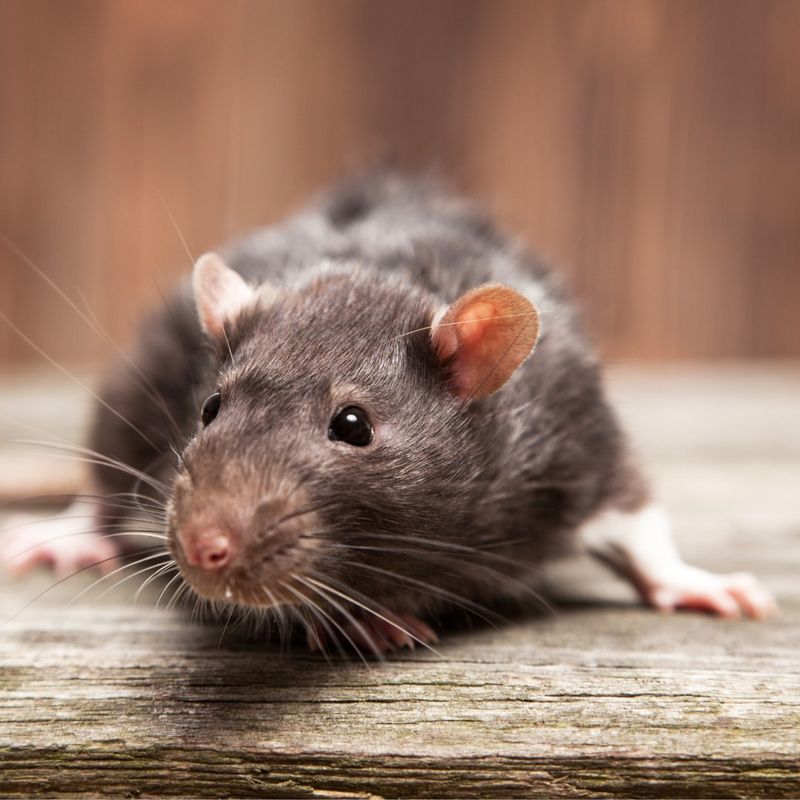
The Norway rat, also known as the brown rat, is a prominent figure in urban areas across the U.S. Renowned for its size, this rodent can grow up to 16 inches long, including its tail. They have adapted exceptionally well to city life, often found in alleyways, sewers, and basements. Despite their preference for urban environments, Norway rats are versatile, inhabiting rural areas as well.
These rats are nocturnal and highly social, living in colonies that can become quite large. Their diet is omnivorous, consuming everything from food scraps to grains. They are known for their intelligence and cunning, often evading traps and finding innovative ways to access food.
Encountering a Norway rat is common in cities like New York and Chicago. If you live in or visit these areas, it’s essential to secure food sources and maintain cleanliness to prevent infestations. A robust rodent-proofing strategy can significantly reduce the likelihood of Norway rat encounters.
2. Roof Rat
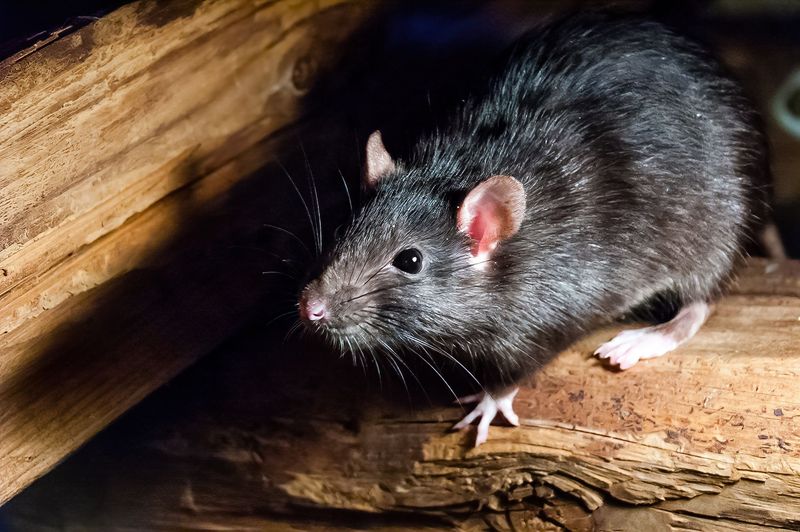
The roof rat, or black rat, is known for its agility and climbing skills. Unlike the Norway rat, this species prefers elevated locations, often found in attics, trees, and rafters. Their slender bodies and long tails aid their climbing prowess, allowing them to move swiftly through dense foliage and rooftops.
Typically measuring around 12 inches from nose to tail, roof rats are smaller than their Norway counterparts but no less significant in urban ecosystems. They are particularly prevalent in coastal areas and warmer climates, such as California and Florida.
Roof rats are not just climbers; they are also resourceful foragers, feeding on fruits, nuts, and grains. Their presence can be detected by the droppings and gnaw marks they leave behind. If you’re in a region prone to roof rat infestations, securing openings and trimming tree branches near structures can help mitigate problems.
3. Cotton Rat
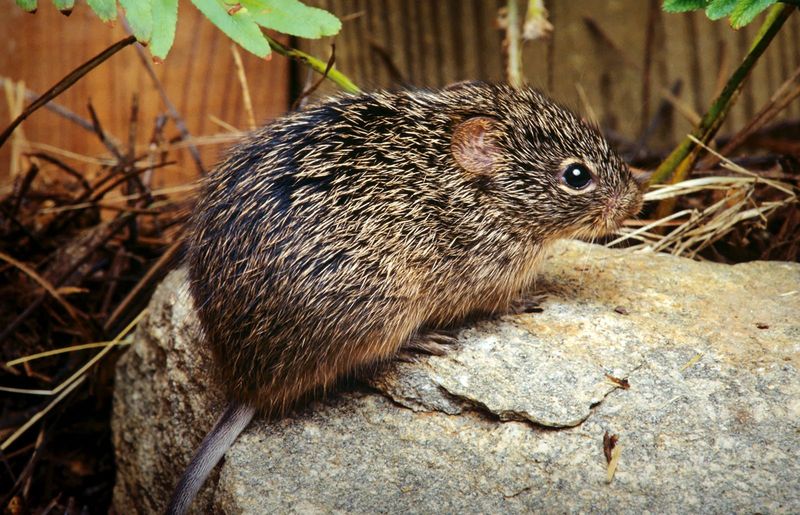
Cotton rats are primarily found in the southeastern United States. These rodents prefer grassy fields and agricultural areas, where their grey and brown fur provides excellent camouflage. Unlike urban rats, cotton rats thrive in rural settings, often seen scurrying through fields or underbrush.
Growing up to 13 inches in length, including their tails, cotton rats are surprisingly large for their habitat. They build intricate burrows and nests in the ground, demonstrating impressive engineering skills for small creatures. Although they are primarily herbivorous, they occasionally consume insects.
Ranchers and farmers often encounter cotton rats, as these rodents can impact crop yields by feeding on roots and seeds. To manage their presence, maintaining clean fields and utilizing natural predators like snakes and owls can be effective strategies. Understanding the ecological role of cotton rats can lead to more sustainable coexistence.
4. Woodrat
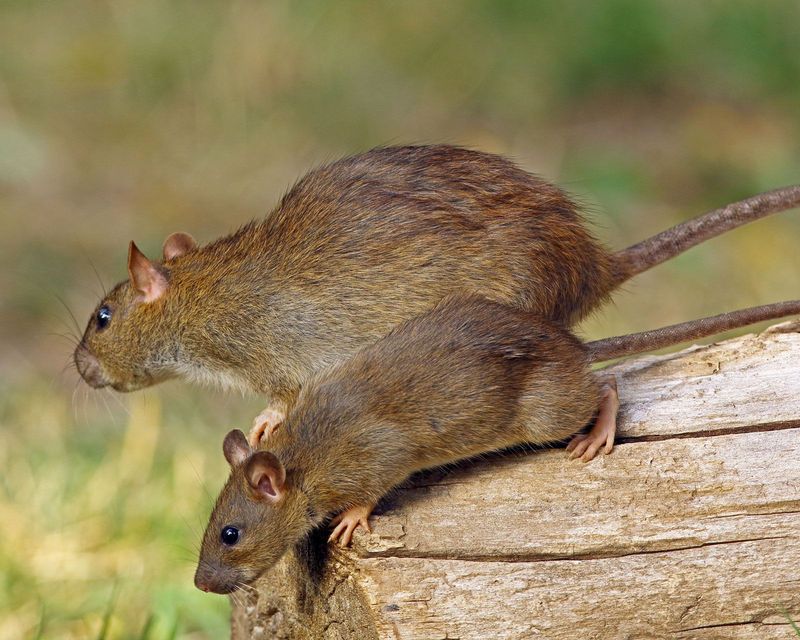
Commonly referred to as packrats, woodrats are known for their unique nesting behaviors. These rodents gather various materials, including twigs, leaves, and shiny objects, to build elaborate nests, or middens. Found in wooded and desert regions, woodrats are adaptable and resourceful creatures.
Typically larger than common rats, woodrats can grow up to 18 inches in length. Their bushy tails and large ears are distinguishing features. Unlike urban rats, woodrats are less likely to be found in densely populated areas, opting instead for forests and arid landscapes.
Woodrats are fascinating due to their collector habits, often hoarding objects that catch their fancy. Encountering these creatures is more likely when hiking or camping in their native habitats. To prevent woodrat infestations in rural homes, securing food and minimizing outdoor clutter can be beneficial.
5. Marsh Rice Rat
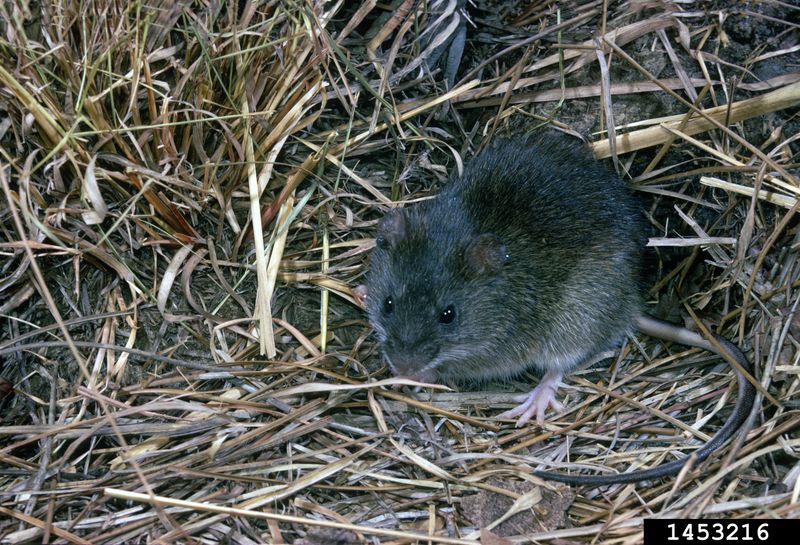
The marsh rice rat is an aquatic rodent flourishing in wetland environments. Its habitat spans the Gulf Coast and southeastern U.S., where it is often spotted near marshes, swamps, and coastal areas. With a body length of up to 12 inches, this rat is well-suited for life in water-rich locales.
Marsh rice rats possess semi-webbed feet, aiding their swimming ability. Their diet consists mainly of aquatic plants, insects, and small fish, showcasing their adaptability in diverse environments. Unlike other rodents, they are less likely to venture into urban settings.
Conservationists are interested in marsh rice rats due to their role in wetland ecosystems. Observing these creatures in the wild can be a rewarding experience, highlighting the biodiversity of marshlands. Protecting wetland habitats ensures the survival of marsh rice rats and the myriad of species that share their environment.
6. Eastern Woodrat
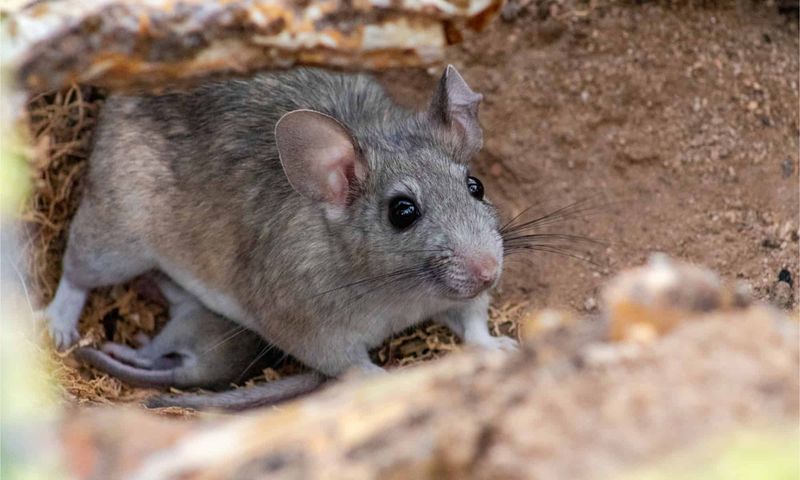
The Eastern woodrat, or Allegheny woodrat, is native to the Appalachian region. Known for their industrious nature, these rodents collect various objects to build their nests, often in rocky crevices or forest clearings. Their nests, known as middens, can grow quite large and are used across generations.
Measuring up to 17 inches in length, Eastern woodrats are larger than many other rat species. They have a distinctive appearance, with rounded ears and a fluffy tail. Unlike urban rats, they lead a more secluded life, primarily inhabiting forests and rugged landscapes.
Encountering an Eastern woodrat is more likely in state parks or forest reserves. Preserving their natural habitats is crucial, as they contribute to the ecosystem by controlling insect populations and dispersing seeds. If you’re hiking in their range, take time to appreciate their role in nature.
7. Hispid Cotton Rat
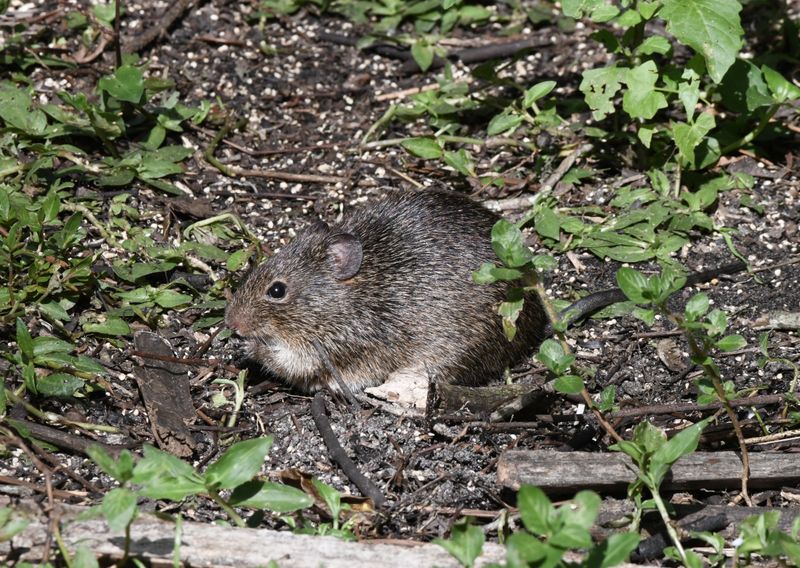
The hispid cotton rat is a resilient species found in southern U.S. and Mexico. These rodents favor grasslands and fields, where their coarse, brown fur allows them to blend seamlessly with their surroundings. They are well-adapted to drier, open habitats, where they build complex burrow systems.
With a size ranging up to 14 inches, hispid cotton rats are formidable for their environment. They primarily consume grasses and seeds but are opportunistic feeders, occasionally eating insects. These rats are active during the day, making them more visible than their nocturnal cousins.
Farmers often see them as pests due to their tendency to feed on crops. However, their role in the ecosystem as prey for larger animals is vital. Understanding their ecological balance can help in developing sustainable management practices. Encouraging native predators can naturally control their populations.
8. Eastern Harvest Mouse
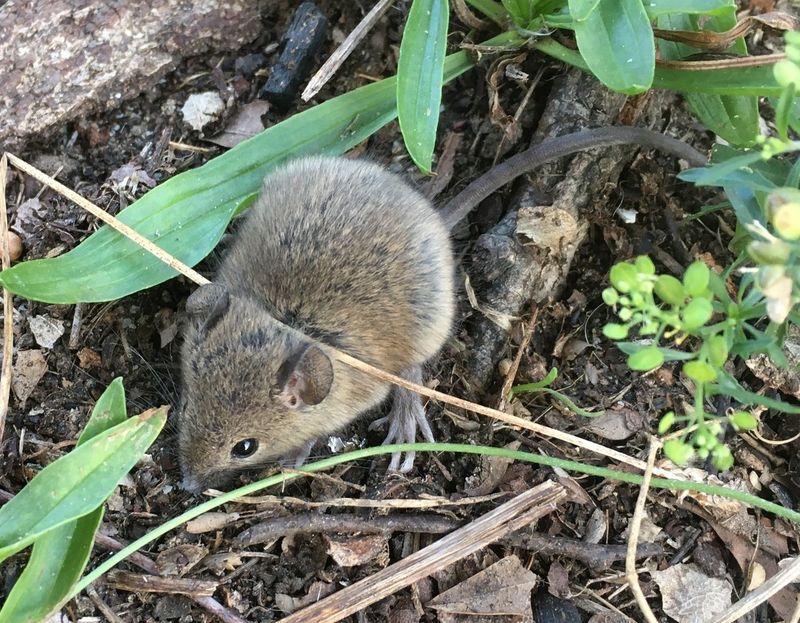
The Eastern harvest mouse is a small but notable member of the U.S. rodent family. Found primarily in the southeastern states, these mice are adept climbers and often inhabit areas with dense vegetation or crops. Their small size, up to 8 inches including the tail, makes them less conspicuous than other rodents.
Despite their diminutive stature, Eastern harvest mice play a crucial role in their ecosystems. They feed on seeds and insects, helping control pest populations. Their nests are often built above ground, among tall grasses or crops, providing safety from ground predators.
Encountering these mice is more common in rural or agricultural areas. Farmers value them for their pest-controlling abilities. To protect their habitats, maintaining natural vegetative cover and minimizing pesticide use can foster healthier ecosystems where Eastern harvest mice can thrive.
9. Florida Mouse
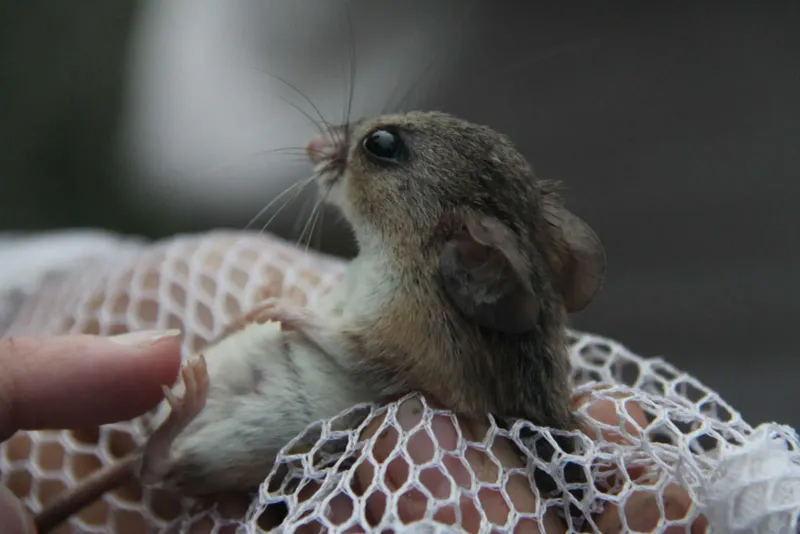
Unique to Florida, the Florida mouse is the state’s only endemic mammal. These mice inhabit sandy scrublands and pine forests, where their pale fur and long tails help them navigate through burrows and dense underbrush. They are a key species in the ecological tapestry of Florida’s wild areas.
Florida mice grow up to 10 inches in length, making them relatively large compared to other mouse species. They have a symbiotic relationship with gopher tortoises, often sharing burrows, which provide protection from predators and harsh weather conditions.
Preserving their habitat is crucial, as development threatens their natural landscapes. Conservation efforts focus on protecting scrub and pine forest environments. If visiting Florida’s natural reserves, observing these mice can offer insights into the delicate balance of regional ecosystems.
10. Bushy-Tailed Woodrat
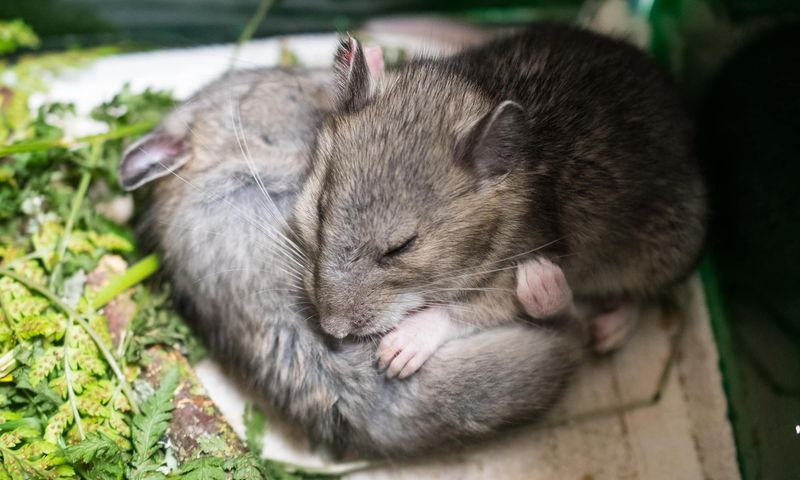
The bushy-tailed woodrat, affectionately known as the “packrat,” is a rodent with remarkably captivating habits. Found in the western U.S., particularly in rocky and arid regions, these rats are best known for their collecting behavior. They create large, intricate nests from sticks, leaves, and various found objects.
These woodrats can reach up to 18 inches in size, with their bushy tails and large ears distinguishing them from other rat species. Their nests, or middens, can become archaeological goldmines, sometimes preserving artifacts for centuries.
Exploring areas like the Rocky Mountains, you might come across a bushy-tailed woodrat’s midden. Appreciating these creatures involves understanding their role in historical preservation and environmental balance. To coexist peacefully, limiting clutter and securing food supplies can prevent unwanted packrat attention.
11. Kangaroo Rat
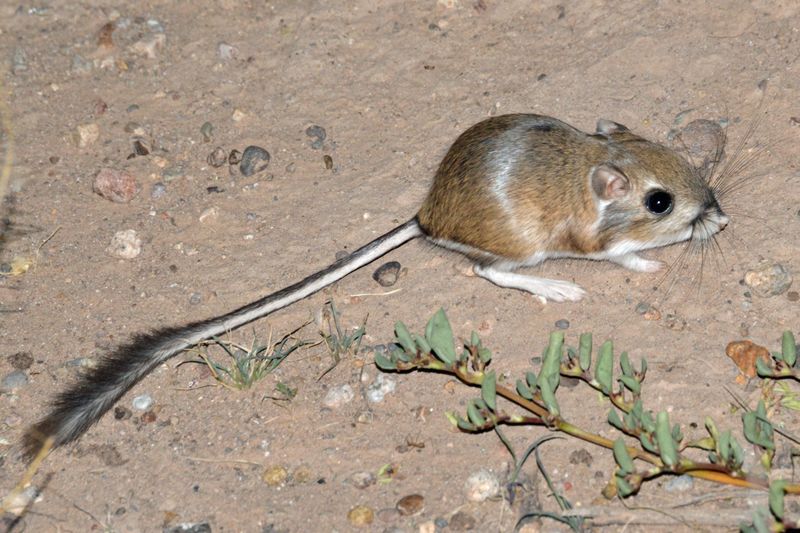
The kangaroo rat, native to the arid regions of the southwestern U.S., is a fascinating creature known for its unique adaptations. These small rodents have large hind legs and long tails, enabling them to leap great distances, much like a kangaroo. They are nocturnal and rely heavily on their acute sense of hearing to detect predators.
Kangaroo rats average around 10 inches from nose to tail. They survive in harsh desert climates by getting moisture from the seeds they consume, thus rarely needing to drink water. Their burrowing lifestyle helps regulate their body temperature and avoid the extreme desert temperatures.
Spotting a kangaroo rat in the wild is a unique experience, particularly in national parks like Joshua Tree or Saguaro. To support their populations, protecting desert habitats from development and pollution is essential. Visitors should minimize their impact on these fragile ecosystems, ensuring kangaroo rats continue to thrive.


